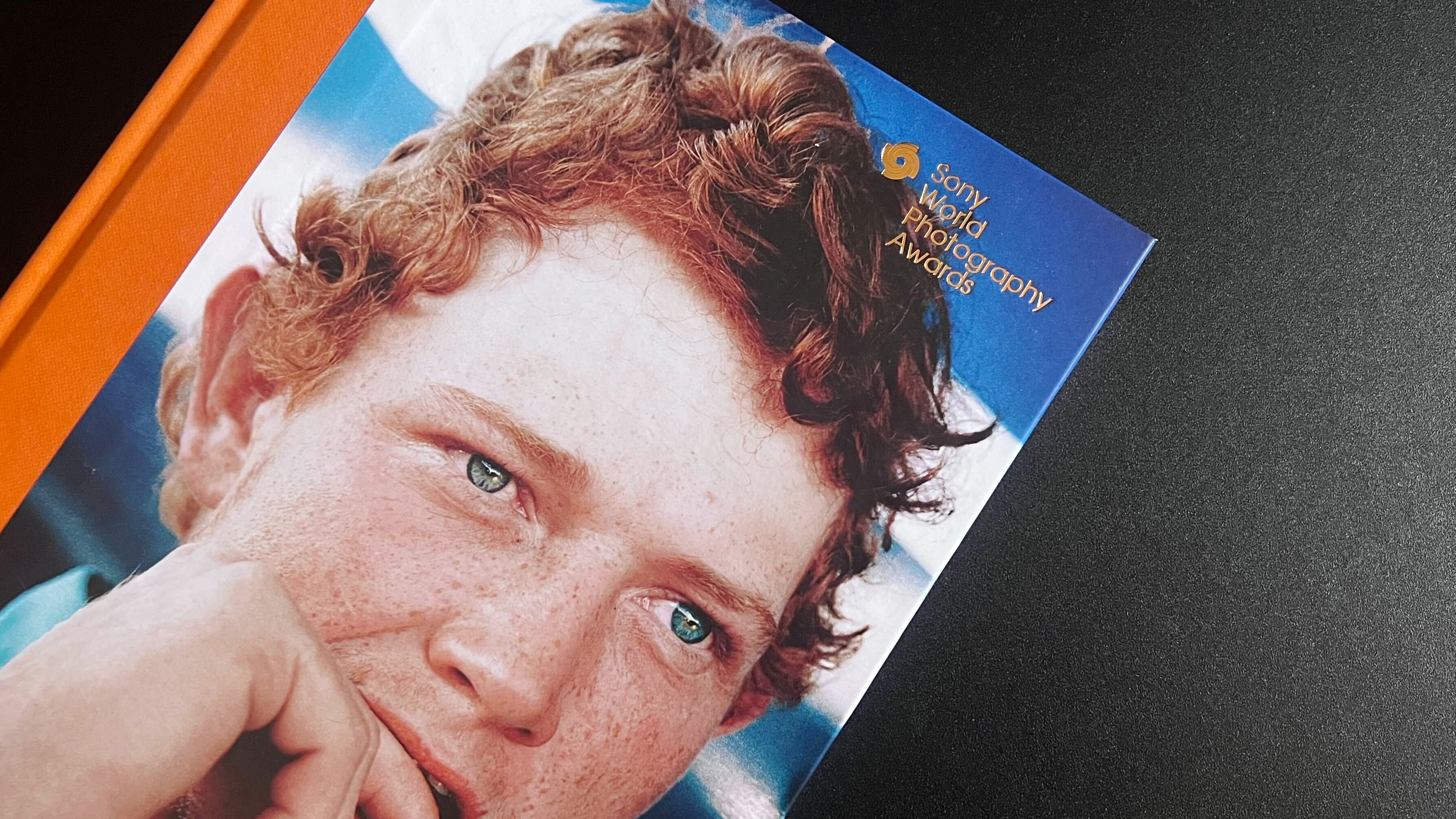Photographer Steven Haining breaks world record for the deepest underwater photo shoot
This photographer trained for more than a year to create these otherworldly images – breaking a world record in the process
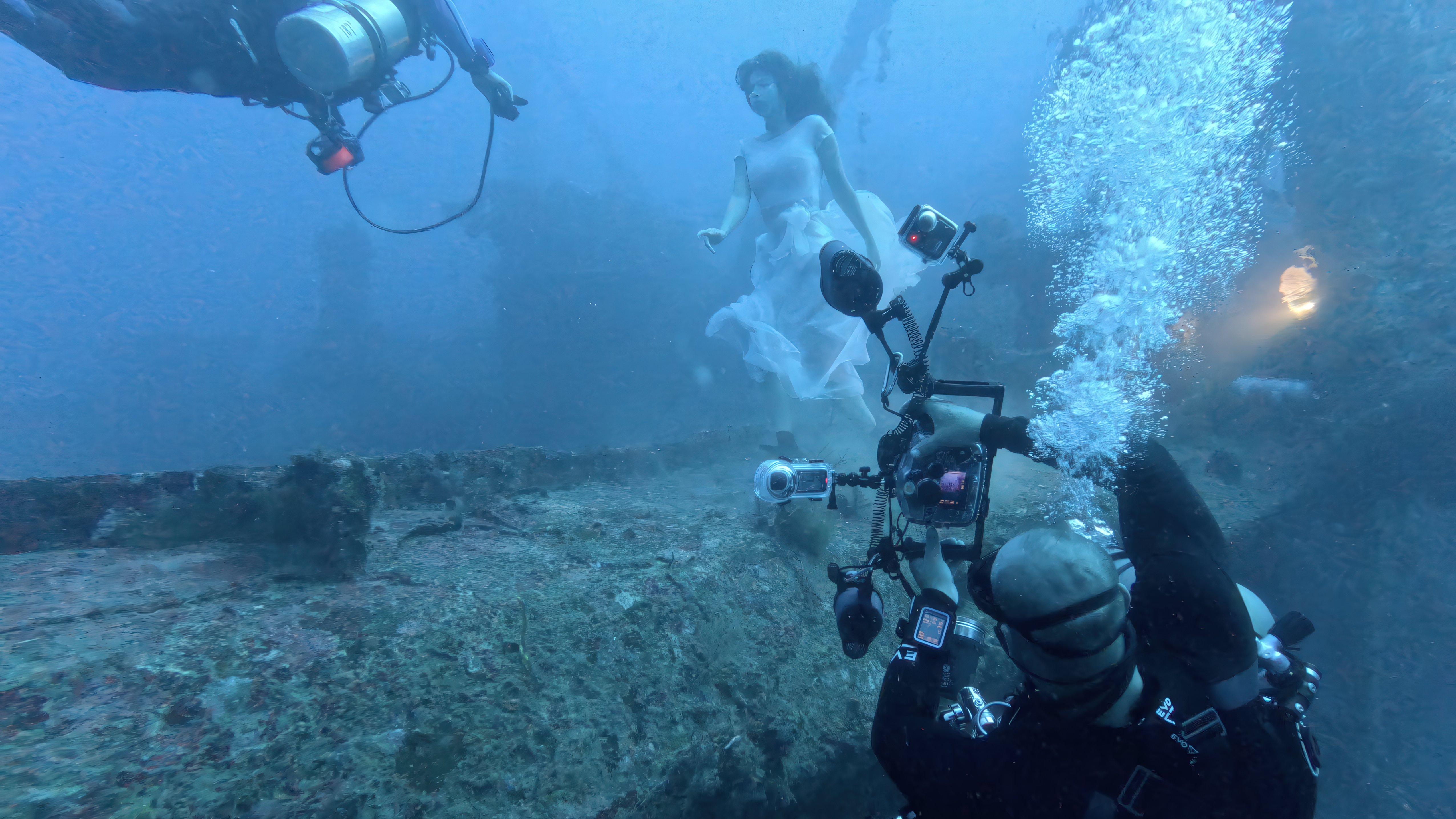
Lurking sharks, jellyfish stings and timing the next breath aren’t usually concerns at most photoshoots, but a recent project by photographer and film director Steven Haining encompassed all those challenges – and then some. Together with model Ciara Antowski and a team of safety experts, Haining has broken the Guinness Book of World Records for the deepest underwater photoshoot for the third time.
The photoshoot clocked in at a depth of 163.38 feet (49.80 m), breaking the December 2023 record for 131 feet held by Kim Bruneau and Pia Oyarzun, although Haining himself held the two records prior for dives in 2021 and September 2023. Haining’s new record, however, is an even more notable accomplishment than the previous attempts because it falls below the 130 foot decompression zone for more than ten minutes.
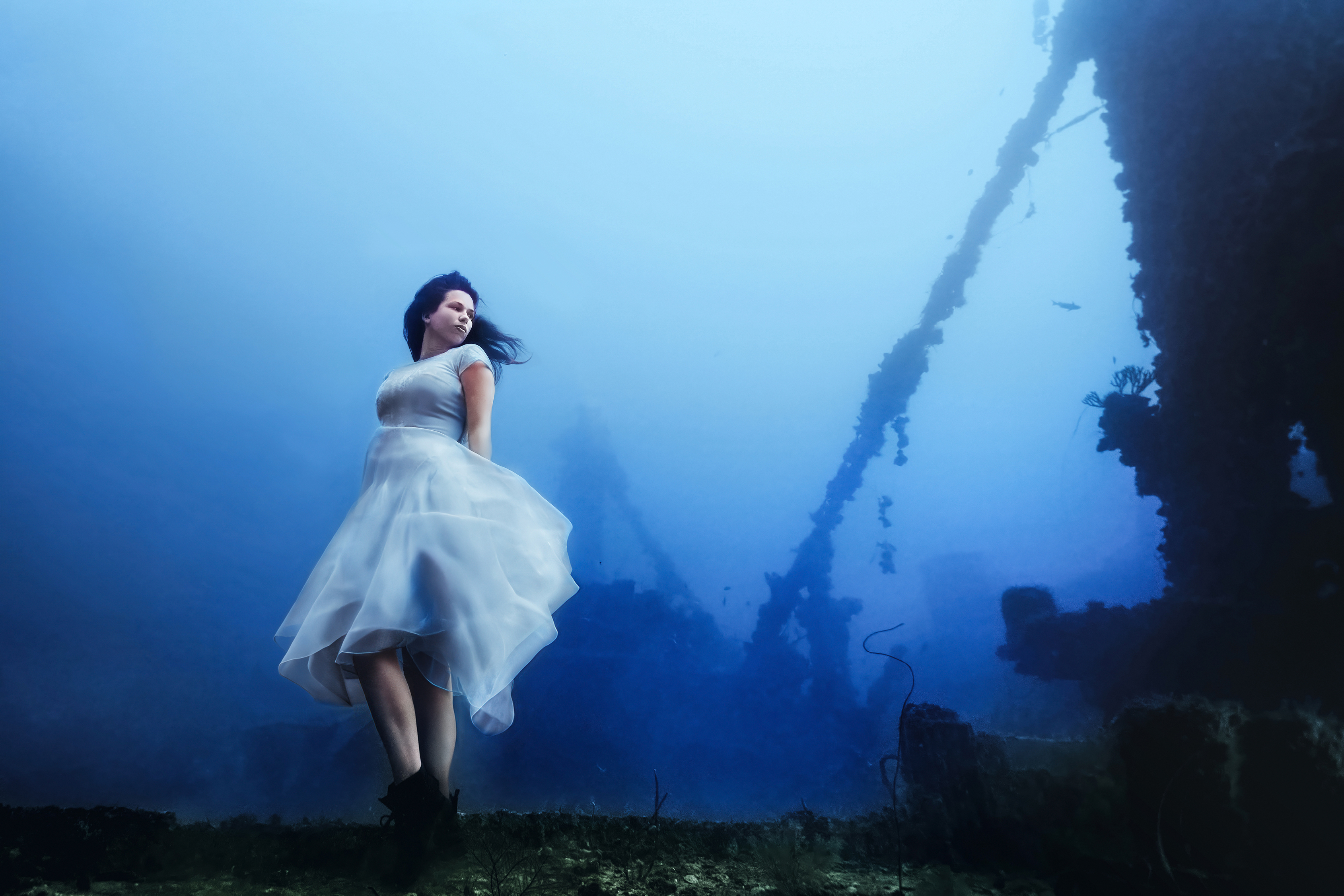
Dives deeper than 130 feet require additional safety measures to avoid decompression sickness. Haining explained that 95% of professional divers can only dive to 130 feet because of the additional risks that come with heading beyond that threshold. Commonly referred to as “the bends,” decompression sickness causes a painful build-up of nitrogen gasses due to a rapid decrease in pressure.
Planned decompression dives require specialized training, which is why both Haining and Antowski spend a year training and practicing for the dive. To complicate the dive even further, the SeaFrog housing that Haining uses for his Fujifilm X-H2S is only rated to depths of 130 feet, so he had to modify it by swapping out O-rings and adding sponges, which ended up protecting the camera – and the 23mm lens – during the 52 minute underwater shoot.
Beyond the safety training, much of the planning for the shoot happened out of the water, as the photographer, model and safety team would only be able to communicate by hand signals once under the water and on the deck of the Hydro Atlantic shipwreck near Boca Raton, Florida.

The day of the shoot started with a scouting mission of the shipwreck, where the team spotted a tiger shark. The team also set a line tied to a buoy at the surface, with extra oxygen tanks attached to the line for the ascent. Haining then surfaced and discussed the shoot with Antowski before the two would have to communicate exclusively through hand gestures.
One of the members of the safety team, Ray Marciano from Isla Divers, gave the shoot a motto: if three things went wrong, they would try again another day – and while the photographer met up with a jellyfish on the descent, the team made it safely to the shipwreck without reaching that three-strike number. Antowski entered the water first with two safety divers, followed by Haining and two additional members of the safety team. But as Haining started his initial descent, his tank freed itself from a strap and as Haining went to rescue it, he was stung by a jellyfish.
Get the Digital Camera World Newsletter
The best camera deals, reviews, product advice, and unmissable photography news, direct to your inbox!

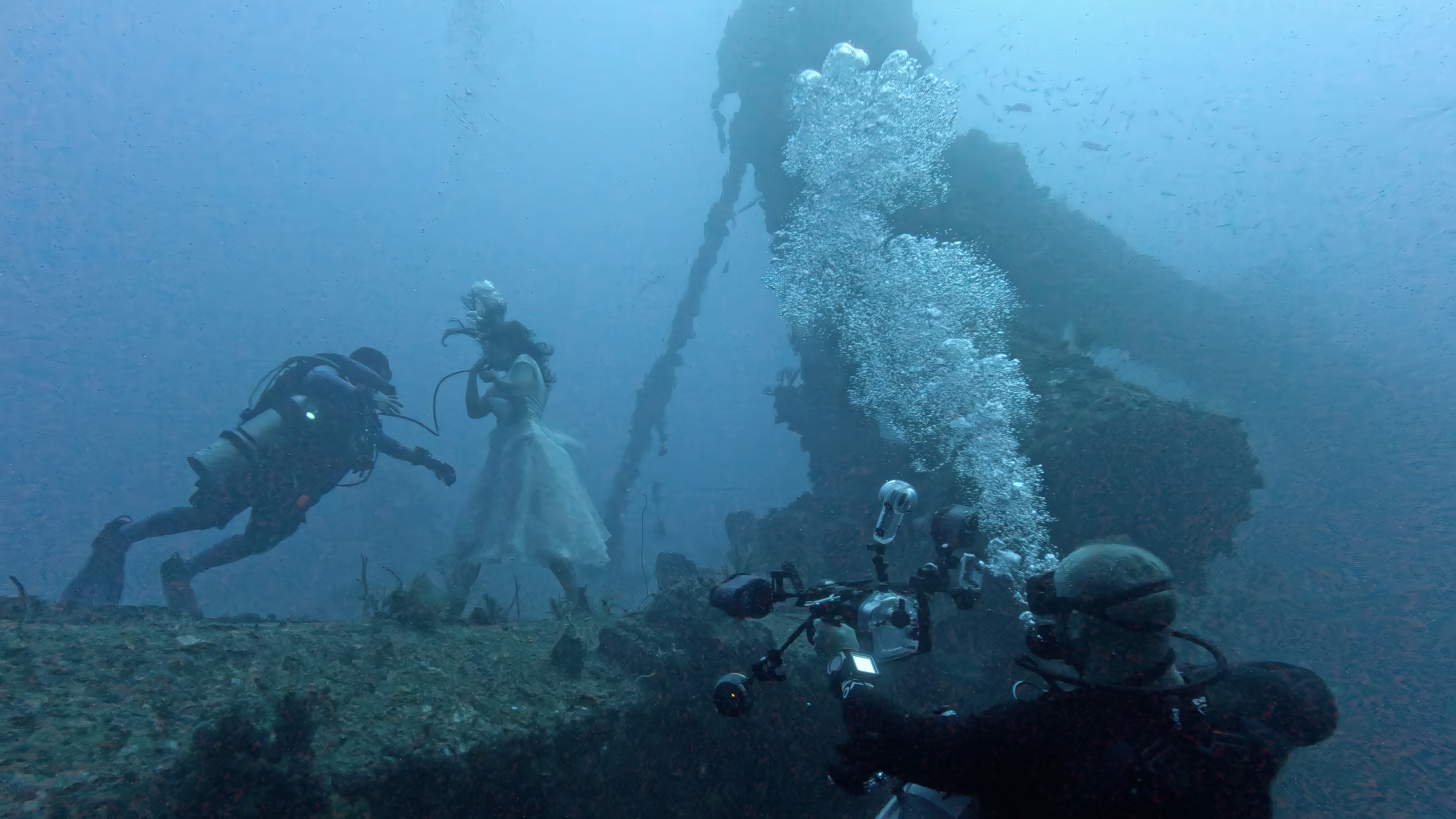


Thankfully, the rest of the shoot went flawlessly, Haining said. Along with the modified housing around the X-H2S, Haining used Light&Motion strobe and video lights, as well as cave torches mounted to other divers to light the scene. The light and shipwreck worked with the water’s effect on the model’s dress and hair to create a series of images with an ethereal feel.
“As a portrait photographer who is very established in my industry and confident with lighting and direction, I fell in love with underwater portraiture because it creates a ton of challenges,” Haining said. “The look and art direction has to happen on the surface because communication at depth is limited visibility, no ability to speak and hand signals can only get you so far; Flashes don’t remote trigger under water so you have to work with constant lights and fibre optics, warm colors disappear the deeper you go so you need off camera lighting in order to bring those colors back.”
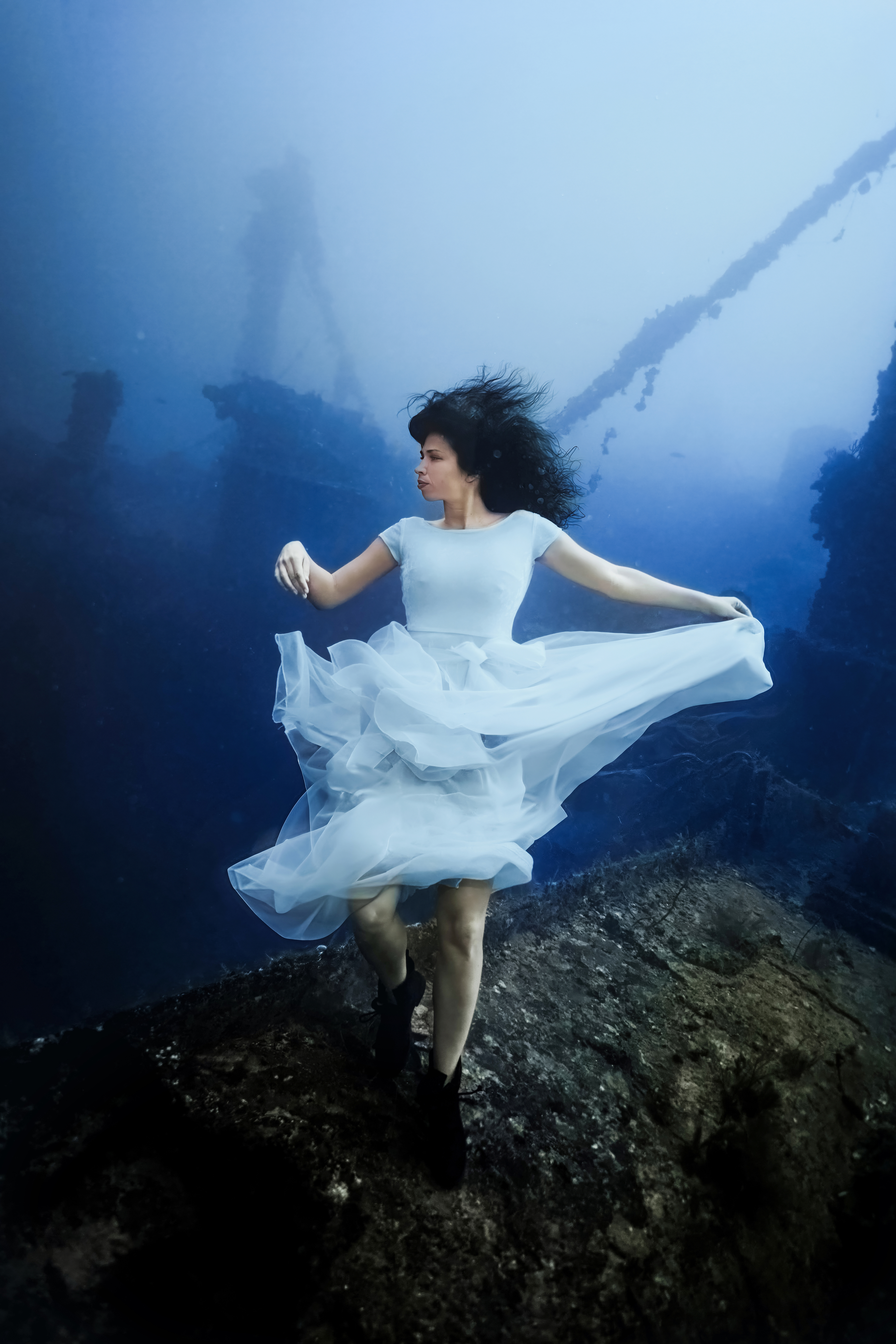

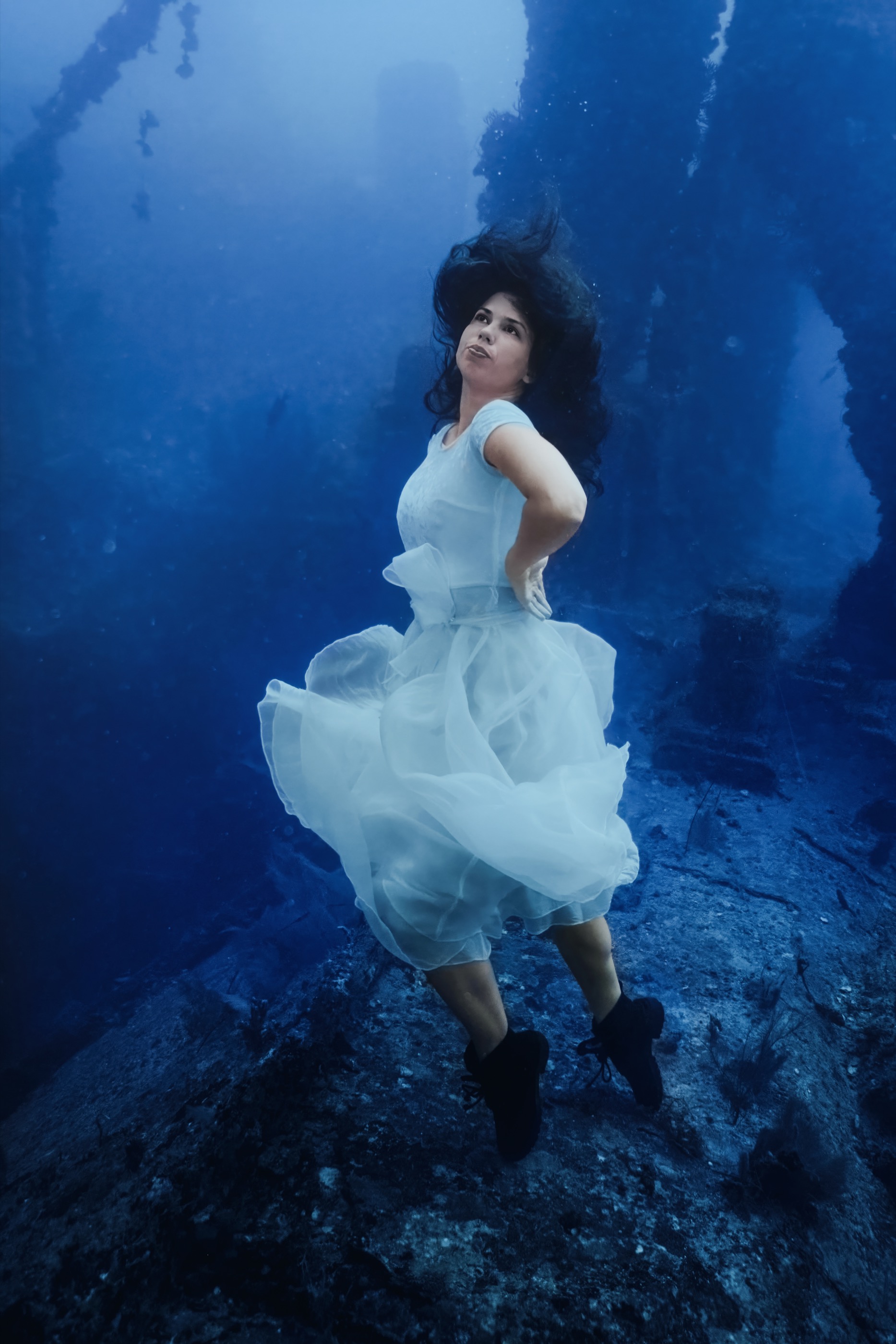
The photoshoot required a large team for safety both in the water and in a rescue boat, including Wayne Fryman as the technical and safety expert. “When it comes to people new to underwater, definitely remember that the safety of the team is more important than anything else.” Haining said. “At no point would my team and I attempt something we weren’t 100% confident would be safe.”
The photoshoot took a total of 52 minutes, with 15 minutes of that time spent at the record level. Safely resurfacing required a 16 minute decompression stop on the ascent back to the surface.

What will Haining do next with the world record shoot finished? “Sometimes diving is better experienced with your own eyes and not through a lens,” Haining said. “After this record is done I’m spending the next month or so with nothing other than a GoPro in my pocket on a bunch of dives so I can experience and live in those moments.”
You may also like
For more inspiration, browse the best waterproof cameras or the best waterproof camera housing.

With more than a decade of experience reviewing and writing about cameras and technology, Hillary K. Grigonis leads the US coverage for Digital Camera World. Her work has appeared in Business Insider, Digital Trends, Pocket-lint, Rangefinder, The Phoblographer and more.

